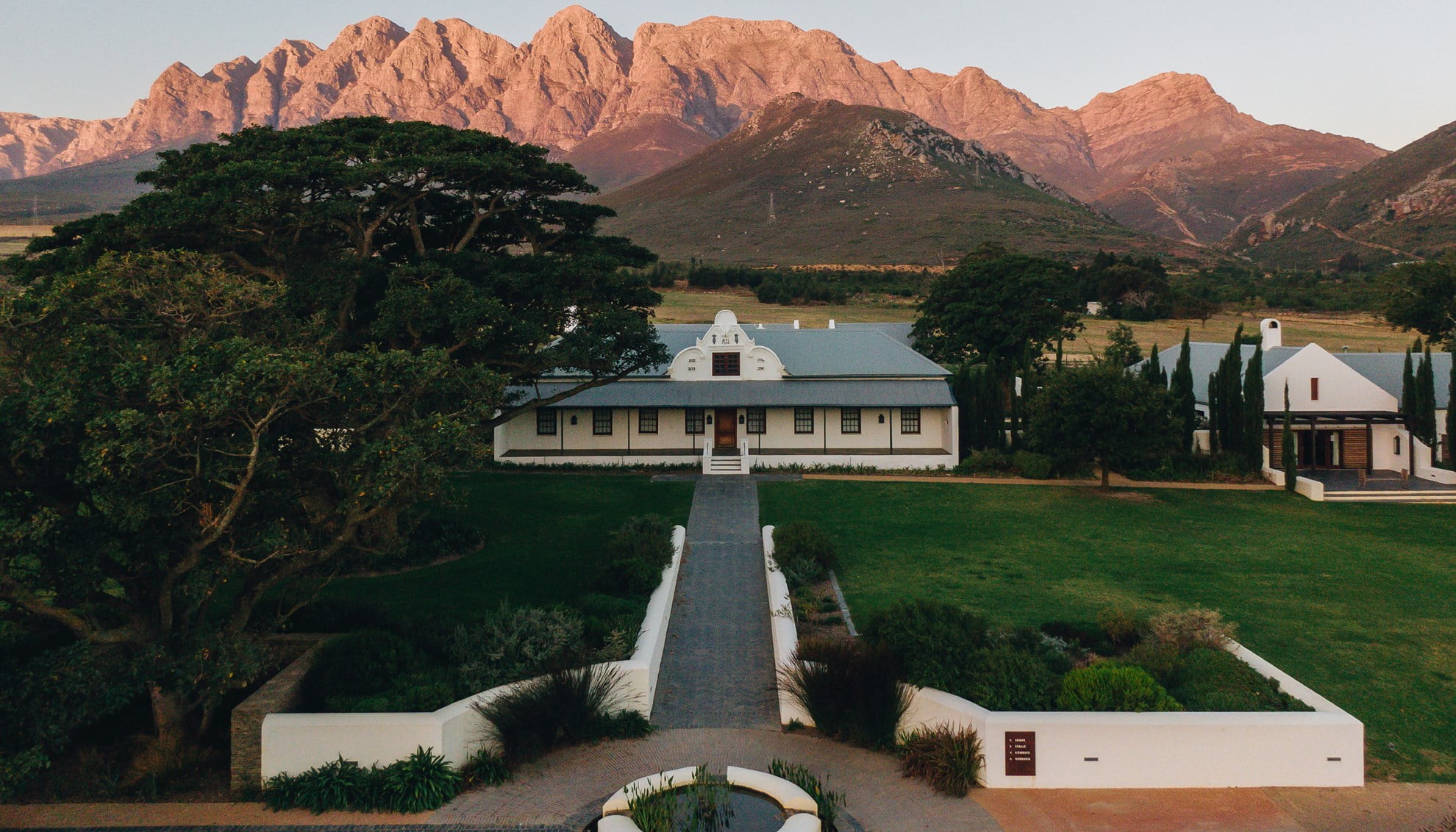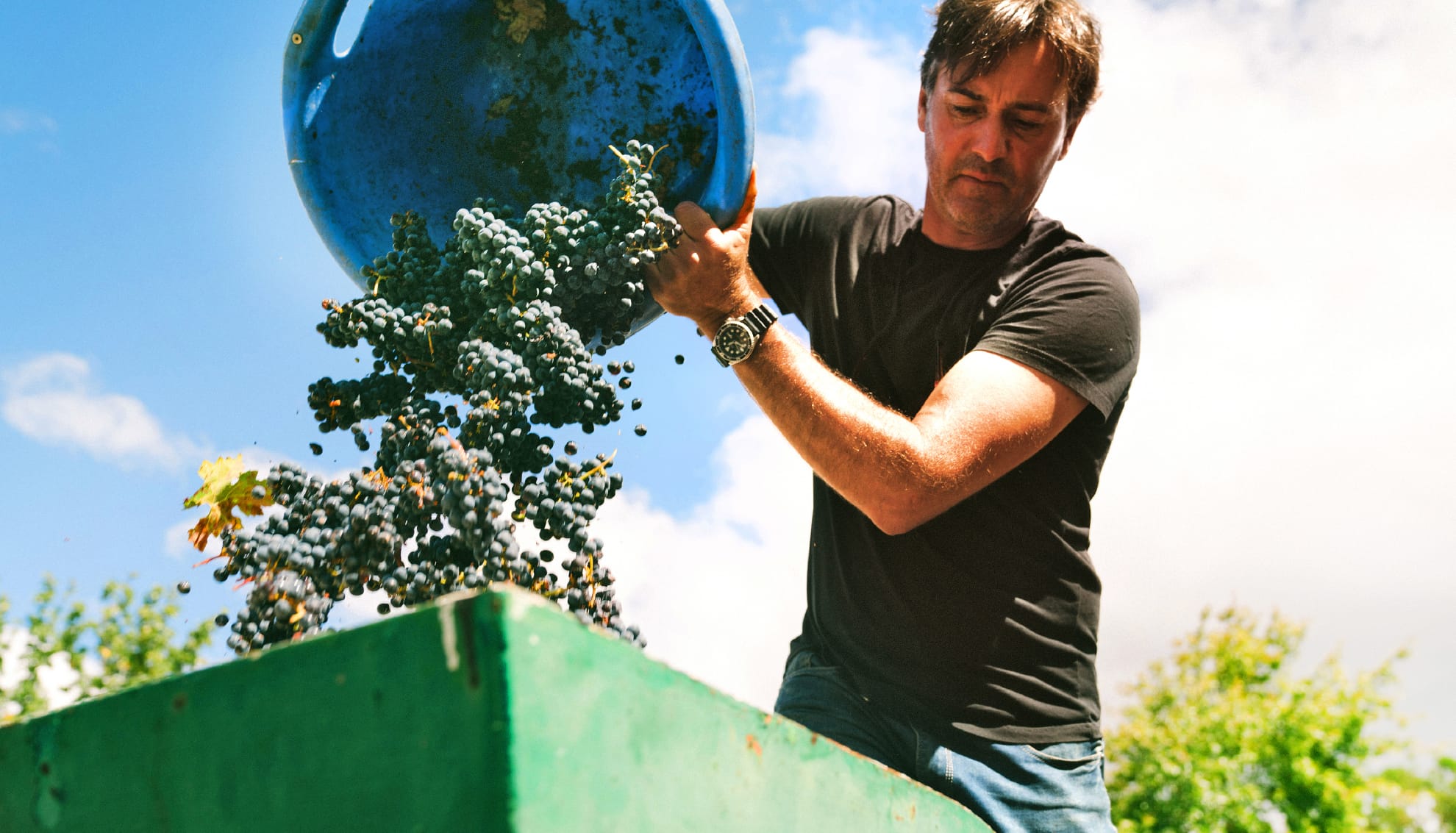







South Africa’s South African wine is defined by optimism, diversity, and a spirit that shines through in every glass. With over 360 years of winemaking heritage, our industry blends Old World tradition with New World energy — producing wines that are vibrant, expressive, and unmistakably South African.
From coastal Sauvignon Blancs to Swartland Syrahs, from homegrown Pinotage to world-class Cap Classique, our vineyards are shaped by ancient soils, cooling ocean breezes, and extraordinary biodiversity. This natural abundance gives rise to wines of precision, personality, and place.
Today, South Africa leads the world in sustainable and ethical winegrowing, with 95% of vineyards certified sustainable and a pioneering traceability seal that tracks wine from vine to bottle. Every sip reflects not only quality but also a commitment to fairness, conservation, and transformation — ensuring that when you choose South African wine, you choose a brighter future.
South African wine is defined by optimism, diversity, and a spirit that shines through in every glass. With over 360 years of winemaking heritage, our industry blends Old World tradition with New World energy — producing wines that are vibrant, expressive, and unmistakably South African.
From coastal Sauvignon Blancs to Swartland Syrahs, from homegrown Pinotage to world-class Cap Classique, our vineyards are shaped by ancient soils, cooling ocean breezes, and extraordinary biodiversity. This natural abundance gives rise to wines of precision, personality, and place.
Today, South Africa leads the world in sustainable and ethical winegrowing, with 95% of vineyards certified sustainable and a pioneering traceability seal that tracks wine from vine to bottle. Every sip reflects not only quality but also a commitment to fairness, conservation, and transformation — ensuring that when you choose South African wine, you choose a brighter future.
We use cookies to improve your experience on our site. By using our site, you consent to cookies.
Websites store cookies to enhance functionality and personalise your experience. You can manage your preferences, but blocking some cookies may impact site performance and services.
Essential cookies enable basic functions and are necessary for the proper function of the website.
Statistics cookies collect information anonymously. This information helps us understand how visitors use our website.
Google Analytics is a powerful tool that tracks and analyzes website traffic for informed marketing decisions.
Service URL: policies.google.com